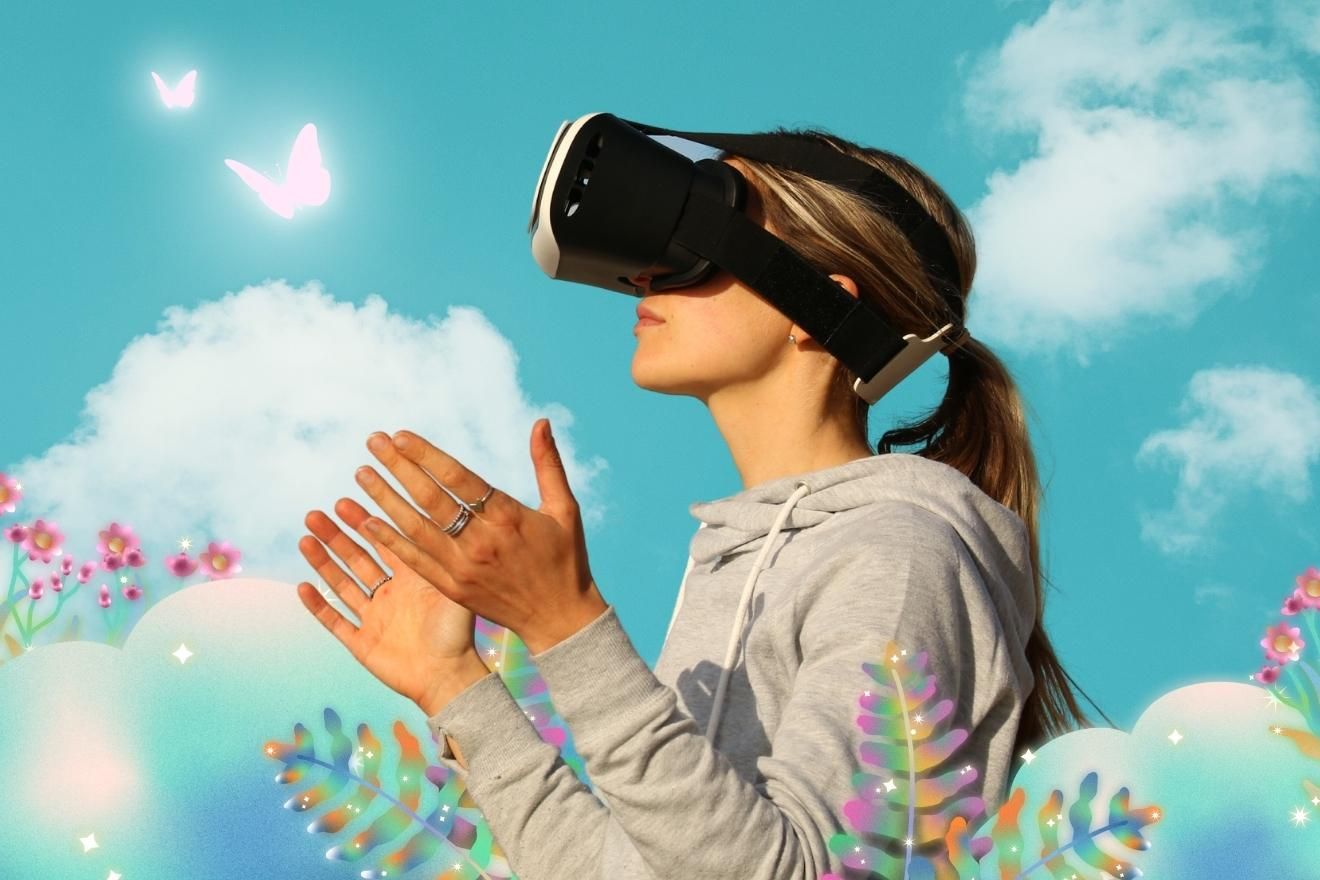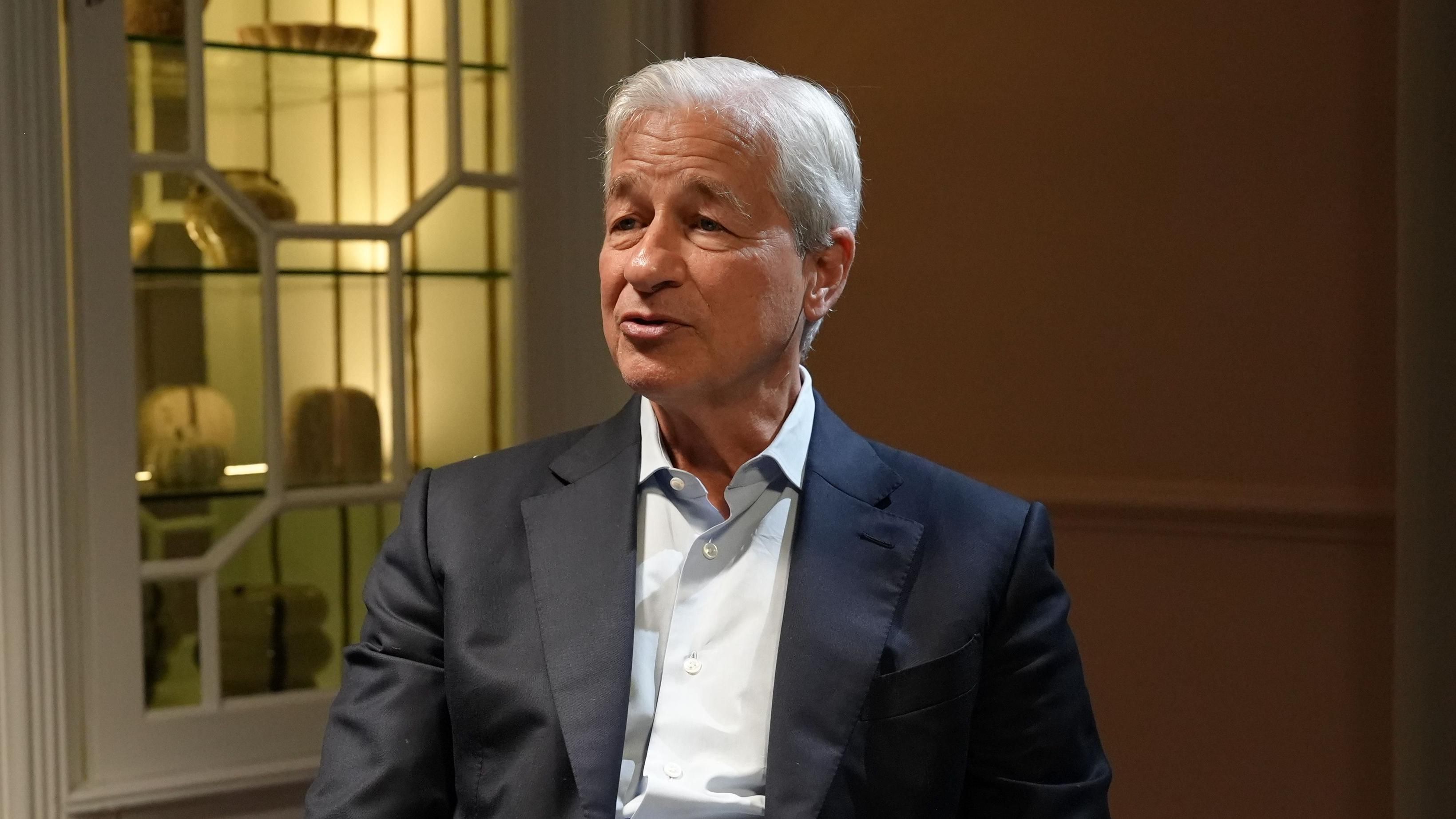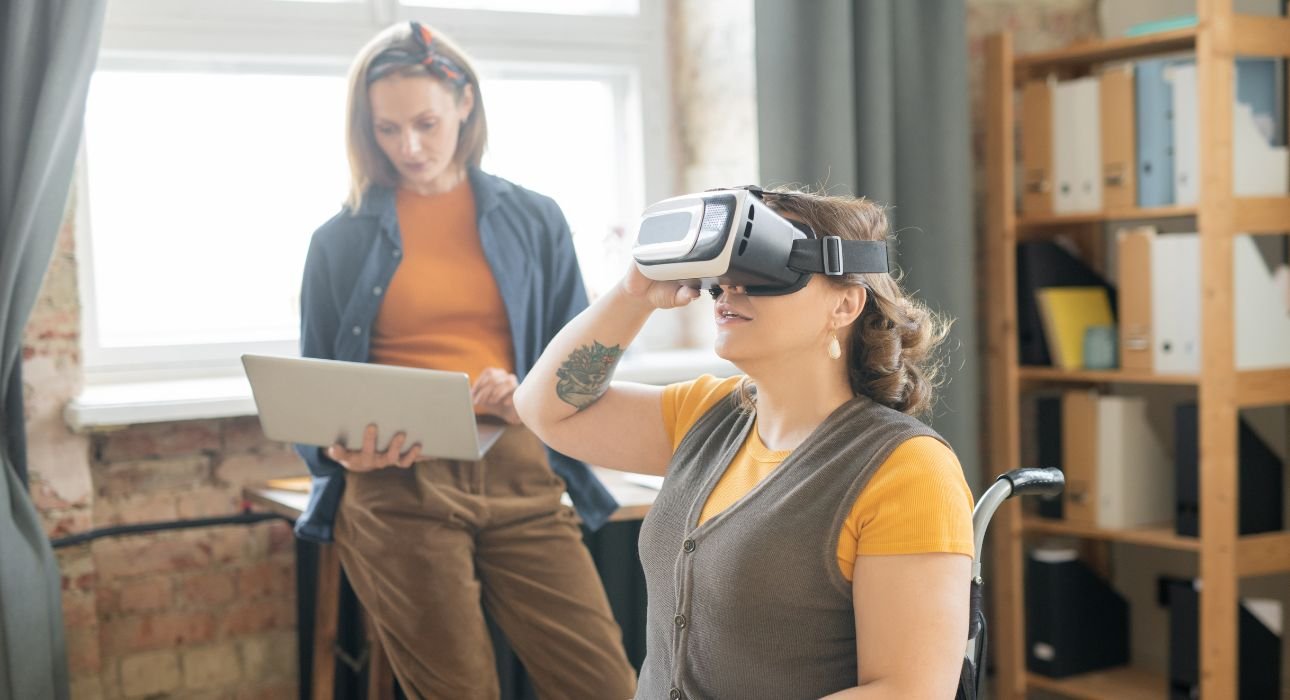As the world moves further into 2025, the mental health industry is experiencing robust growth driven by increasing societal awareness, technological advances, and shifting workplace expectations. In this evolving landscape, several business models are thriving, addressing unique population needs and leveraging new modalities. This article explores the sectors at the forefront, offering data-driven insight, case studies, and real-world examples for a comprehensive understanding of where demand and innovation are converging.
1. Online Therapy Services
Before 2020, teletherapy was already gaining traction, but its demand has since surged at an unprecedented pace. By 2025, platforms providing video, phone, and asynchronous messaging therapy have not only achieved widespread acceptance but have also expanded their service portfolios. The American Telemedicine Association reports that the virtual mental health services market is expected to exceed $35 billion by the close of 2025.
Case in point: Companies like Talkspace and BetterHelp have reported a 45% year-on-year increase in user base. Newer entrants differentiate through AI-driven therapy matching, multilingual therapist networks, and subscription models tailored for both individuals and corporate wellness programs.
2. Digital Mental Health Apps and AI Chatbots
Mental health services delivered via applications are experiencing rapid growth, addressing concerns such as anxiety, depression, sleep disturbances, and general resilience. These applications integrate cognitive behavioral therapy components, guided meditation, mood monitoring, and AI-driven chatbots to deliver tailored support.
Data from Sensor Tower indicates that downloads of mental wellness apps increased by nearly 60% over the past year, with apps such as Headspace, Calm, and Woebot leading the market. What sets 2025 apart is the integration of large language models, delivering context-aware support and crisis intervention. Clinical validation is now more prevalent; for example, Wysa received FDA Breakthrough Device Designation for its AI chatbot assisting depression management.
3. Corporate Mental Health and Employee Assistance Programs (EAPs)
The “great resignation” and continuous changes in the workplace have led organizations to actively put resources into the welfare of their staff. The companies experiencing the most rapid growth by 2025 are those that offer extensive EAPs, therapy on demand, and programs for mental resilience. As per Deloitte’s 2024 Global Human Capital Trends report, businesses that dedicated a minimum of 2% of their HR expenditure to mental health observed a 31% increase in employee retention and a 26% rise in productivity.
Companies like Lyra Health, Modern Health, and Spring Health have broadened their offerings beyond just therapy referrals to include on-site counseling, leadership development programs, online support communities, and seamless integration with health insurance plans. These services are now viewed as essential recruitment instruments across various sectors.
4. Adolescent and Youth-Centered Mental Health Services
The mental health crisis among youth has spurred demand for services tailored to teenagers and young adults. Startups are developing platforms that combine peer support, family counseling, and partnerships with schools. Venture capital funding in this niche has tripled since 2022, reflecting a societal acknowledgement of early intervention’s importance.
One example is the rise of tech-enabled organizations like Daybreak Health, which partners with school districts to deliver virtual counseling, parent workshops, and mental health screening tools. Platforms like TeenCounseling have also seen subscription rates surge among families seeking specialized care for adolescents.
5. Clinics Offering Psychedelic-Assisted Therapy
Innovations in mental health care, specifically those involving psychedelics like ketamine, psilocybin, and MDMA, have spurred the creation of a novel segment within the mental health industry. The legal and regulatory environment has shifted, with various regions easing limitations and granting licenses for treatment. Canaccord Genuity, an investment bank, projects that the market for psychedelic therapy delivered in clinics will reach $7 billion by 2027.
Among the operators are Field Trip Health, MAPS Public Benefit Corp, and Nushama, providing closely supervised, lawful psychedelic treatment for conditions such as depression, PTSD, and anxiety related to end-of-life. Numerous clinics integrate conventional psychotherapy with regulated psychedelic dosing, noting significant symptom alleviation in individuals for whom conventional therapies proved unsuccessful.
6. Virtual Reality (VR) and Immersive Therapeutic Solutions
The integration of VR technologies in exposure therapy, relaxation training, and social anxiety interventions is gaining momentum. VR platforms simulate personalized, controlled environments, from public speaking venues to flying, enabling therapists to conduct targeted desensitization from anywhere in the world.
The year 2025 has witnessed firms such as Limbix, Oxford VR, and XRHealth broadening their reach through hospital collaborations and at-home rental services. Studies featured in JMIR Mental Health indicate that virtual reality-assisted anxiety treatment can decrease symptoms by as much as 40%, positioning it as a powerful complement to conventional therapeutic approaches.
7. Specialized Counseling and Culturally Sensitive Support
As the diversity of the population increases, enterprises offering culturally sensitive mental health services are flourishing. Services such as Therapy for Black Girls, Latinx Therapy, and Pride Counseling are dedicated to assisting particular groups, guaranteeing that clients can connect with therapists who comprehend their cultural background and individual requirements.
Demand for such services has doubled within three years, with client surveys indicating better engagement, higher treatment adherence, and improved outcomes. These platforms also invest in education, webinars, and bespoke resource libraries, fostering inclusive mental health ecosystems.
8. On-Demand Crisis Intervention and Peer Support Networks
Crisis support no longer relies solely on traditional hotlines. Businesses now leverage real-time chat, video support, and peer network platforms to deliver rapid intervention for those in distress. Innovations include anonymous group rooms and in-app safety planning.
Organizations like Crisis Text Line and 7 Cups use trained volunteers, overseen by mental health professionals, to connect with thousands nightly. Partnerships with public agencies and integration into broader wellness apps have expanded their reach, offering immediate assistance and reducing barriers to accessing emergency mental health care.
9. Virtual Psychiatric Medication Management and Prescribing Services
Telepsychiatry services, which provide digital assessment, diagnosis, and continuous medication management, have become widespread, particularly for ailments like ADHD, depression, and anxiety. These companies enhance access to care, resolve local provider deficits, and provide automated systems for refills and follow-ups.
Platforms such as Cerbo, Minded, and Brightside experienced boosted expansion, supported by regulatory exemptions and greater insurer approval for remote prescribing. Surveys among patients indicate significant contentment, attributed to shorter waiting periods and the ease of asynchronous consultations.
Strategic Shifts and Responsible Growth in 2025
The flourishing mental health business ecosystem in 2025 reflects a deeper understanding of mental health’s multifaceted nature. Success stories unite technology, accessibility, and personalization, while rising businesses are those that balance rapid growth with clinical rigor, ethical safeguards, and measurable impact. Societal conversations continue shifting from stigma and isolation toward holistic well-being, shaped by bold entrepreneurs and collaborative partnerships across healthcare, education, and the workplace. The trajectory indicates that mental health care is now a central pillar of modern life, with innovation and inclusivity setting the pace for the decade ahead.





